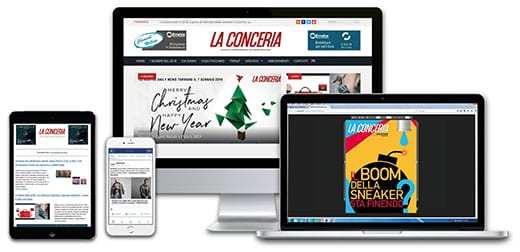There is writing on an exterior wall of Presot, a tannery in Porcia, Pordenone province. “To walk is not a verb. It’s everything we have learned and passed on to our children. It’s the direction we give to our dreams in this land we want to know and respect. For us, life is a journey to be made on foot“. These are words that perfectly draw its business style and the identity of his unique product: leather. They are words that emerge, almost evoked, from Tutto il Tempo del Mondo, a photographic and editorial project by Mattia Balsamini.
A true artist’s book: an example of how one can succeed in visually telling the broader and more cultural sense of time that serves not only to produce leather, but also to experience the value of what surrounds us. We discussed this with Mattia Balsamini, who these days is also among the authors on display at the Museum of Contemporary Photography in Cinisello Balsamo, as part of the project Veggenti.
Tutto il Tempo del Mondo (All the time in the world)
Where did the idea of developing this project come from, and what kind of knowledge did you previously have, about tanning and leather?
First and foremost, the project stems from a close and visceral relationship I have with my home territory in Friuli. In it, since I moved back here, I sink the roots and themes of my artistic research, which has always been linked to the concept of manual labor as a signifying process of man. Presot’s tannery is a productive and artisan landmark, but above all a cultural operator in our territory. With this combination, the exchange with Eugenia was born, also based on a deep mutual respect between us, which convinced her to entrust me with this narrative project.
For more than ten years, I have been involved in narrating, through photography, the most diverse production processes. From the technology of NASA to the harsh processes of digging in gold mines in South Africa. I was, however, new to tanning, and in particular to the methodologies straddling ancient and modern at the Presot tannery. It was a huge discovery.
Time is the defining value of Presot’s production and emerges in an almost physical way from the photographs and the volume. How long did it take to be produced? How did you work to get so deeply in touch with the identity of Presot and its product?
I used to frequent the tannery for cultural events, and find interest in the light, smells, noises and silences of the working spaces of my family’s small business (which deals with something edifferent). In fact, a large part of the atmosphere in this book comes from wanting to find everything there, in the tannery. I decided to work through small takes within the spaces, coming back for different reasons, with different cameras or sometimes even without. It was a natural, positive process in which I felt at home. All during the past scorching summer.
The artist’s photobook about Presot
In addition to the weather, a strongly characterizing element of much of the project is the light that is transformed into a color that seems to emerge from the Presot leather. Is this a choice born in the design or did it impose itself during the realization of the project?
It’s the light, but also the delicate words of Lisa Cadamuro, the author of the texts and the packaging of the book by Lorenzo Tre of Dm+B e Associati studio: for me it’s the whole intention of the project that has the appropriate tone. The light certainly was decisive. The coherence between space colors, surfaces/textures (another element I chose to bring out intensely) and color palette was then strongly desired in the design phase, then in the shooting phase and, finally, of the image selection.
What, so far, has been your artistic and expressive journey and how does this project fit within it?
This project has allowed me to further explore what for me is at the core of my research: the relationship between work, identity and place. This intersection represents an important space for photography and imaging in general, both for those who make it and for those who enjoy it, and both for advancing the language of art and that of corporate culture.
Read also:










